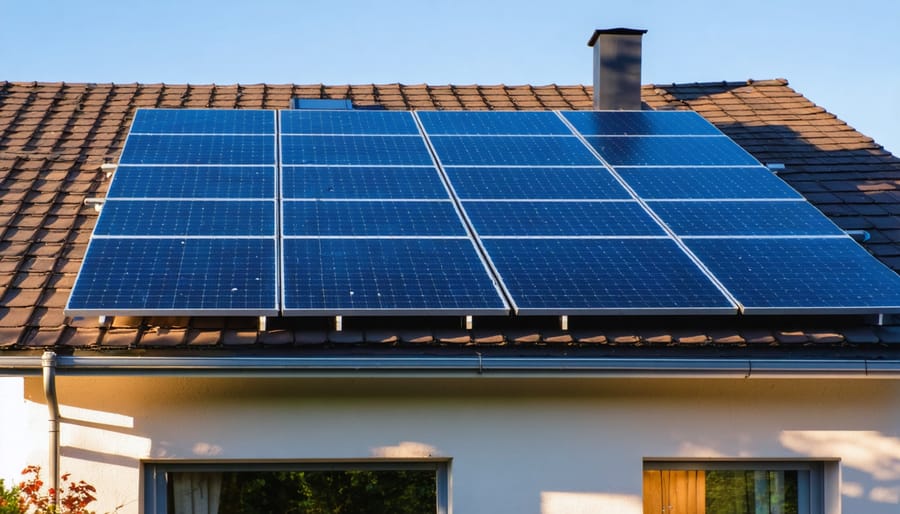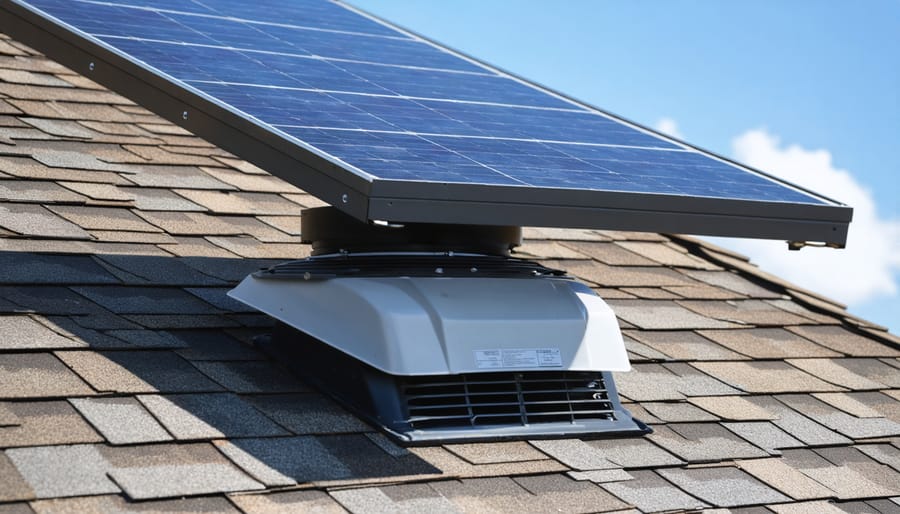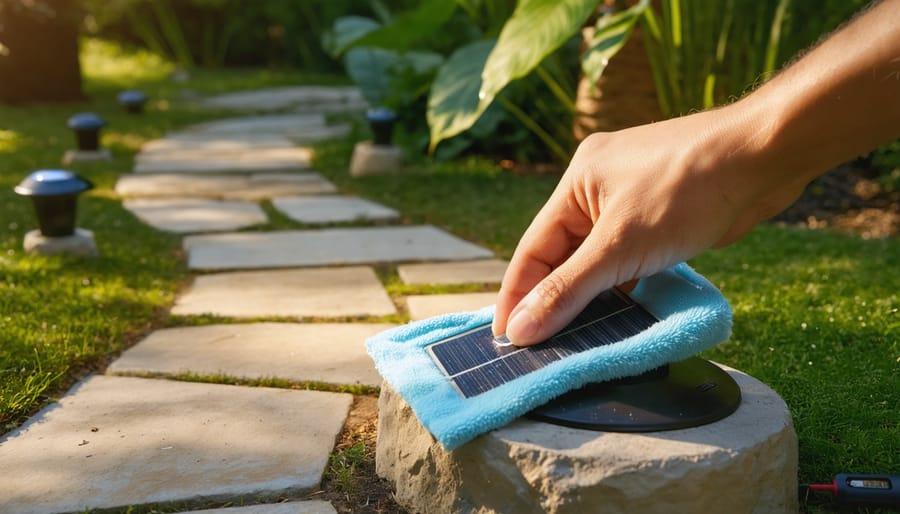Integrating Eco-Conscious Design into Functional Living Spaces
Updated:

As the climate crisis continues to influence how we live, there has been a marked shift towards sustainability in the world of interior design. Eco-conscious living is no longer just a trend; it’s becoming an essential part of how we construct and decorate our homes.
From materials and energy usage to spatial planning and functionality, the integration of sustainable design is shaping modern living spaces in creative and practical ways.
Sustainable Materials: The Foundation of Green Design
One of the key elements of eco-conscious design is the use of sustainable, low-impact materials. Whether it’s reclaimed wood, recycled metal, or rapidly renewable resources like bamboo, these choices can drastically reduce a home’s environmental footprint.
More homeowners are opting for finishes and furniture made with natural, non-toxic materials that are both durable and biodegradable. This not only minimises waste but also improves indoor air quality by avoiding harmful VOCs.
Designing for Efficiency
Energy efficiency goes hand in hand with eco-conscious interiors. Maximising natural light is a vital aspect, reducing the need for artificial lighting and heating during the day.
Open-plan layouts and glazed partitions can help spread daylight throughout a home, while well-placed windows and doors aid in natural ventilation and temperature regulation.
To support this, double or triple-glazed windows, thermal curtains, and well-insulated walls play a vital role in maintaining a comfortable environment without excessive energy use.
Functional Layouts with a Minimalist Ethos
The principle of “less is more” often guides sustainable interior design. Clutter-free environments not only feel more spacious but also reduce the need for excess furniture and décor, lowering consumption.
Modular furniture and multi-purpose spaces have become increasingly popular in this context, allowing rooms to serve multiple functions throughout the day—an especially valuable feature in smaller homes or flats.
Embracing minimalist design doesn’t mean sacrificing personality, but rather curating it more mindfully.
Eco-Conscious Technology and Smart Solutions
Technology can be a powerful ally in creating a sustainable home. Smart thermostats, energy-efficient lighting systems, and appliances that monitor and adapt to your energy usage are widely available and can be integrated seamlessly into a home’s design.
In addition, renewable energy sources, like solar panels or heat pumps, can drastically reduce reliance on fossil fuels. Incorporating these systems from the planning stage makes them more effective and less intrusive.
Choosing Doors and Partitions That Make a Difference
Internal doors and room dividers are often overlooked in sustainable design conversations, yet they can have a significant impact. Choosing quality, long-lasting materials can help reduce the need for replacement and lower a home’s embodied energy. For example, NOW Aluminium Sliding Patio Doors offer both aesthetic appeal and environmental benefits. Aluminium is highly recyclable, durable, and lightweight, making it an ideal material for dividing spaces without compromising on natural light or design.
Bifold doors also support the flexible use of space—an essential element in functional living.
Biophilic Design: Bringing Nature Indoors
Another important aspect of eco-conscious design is the incorporation of natural elements into living spaces. Biophilic design is centred on the idea that humans are inherently connected to nature, and that connection should be reflected in our interiors.
Introducing indoor plants, natural textures, warm solar indoor lights and views of the outdoors not only improves wellbeing but also reduces the need for artificial embellishment. Green walls, herb gardens in the kitchen, and wood-clad feature walls are just some of the ways homeowners can create that connection.
Conclusion
Eco-conscious design doesn’t have to mean compromising on style or comfort. On the contrary, it promotes smarter, more meaningful choices that result in elegant, efficient, and healthy living spaces.
By embracing sustainable materials, energy-efficient planning, and versatile layouts, it’s entirely possible to create a home that’s not only beautiful but also better for the planet. With solutions like aluminium internal bifold doors and other thoughtful additions, the path to greener living starts right at your doorstep.









